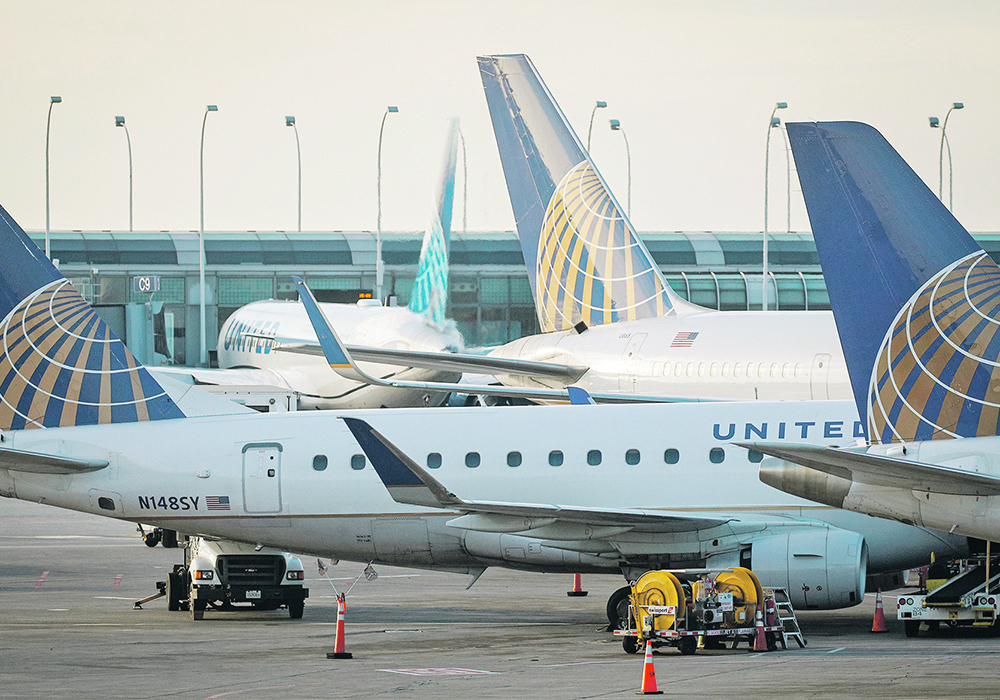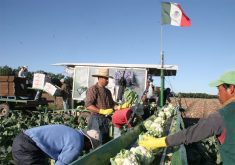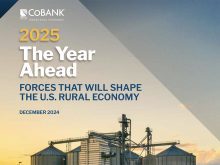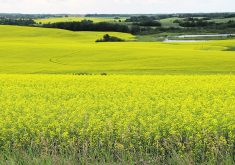Federal policymakers and their Big Ag friends have a problem: their hope to make corn and soybeans the feedstock for sustainable aviation fuel hit a wall when the aviation industry ruled that biofuel from either crop did not meet its “sustainable” guidelines.
As such, there would be no corn- or soy-based SAF.
That’s not the news the biofuel lobby, farm and ag commodity groups and U.S. president Joe Biden’s administration wanted. All quickly joined forces to “encourage” the “use of updated scoring by the U.S. Department of Transportation’s GREET model,” not the aviation industry’s “greener” yardstick, to make sure “the carbon intensity” of “corn-based ethanol SAF” met aviation’s benchmarks.
Read Also

Canola used in only quarter of Canadian biofuel
Less than one-quarter of the biodiesel and renewable diesel used in Canada in 2024 was made from canola oil feedstock
It’s not some minor bureaucratic tiff. Billions of federal SAF tax credits, promised under the 2022 Inflation Reduction Act, are on the table.
It was hoped that switching to GREET, or Greenhouse Gases, Regulated Emissions, and Energy use in Technologies, would deliver a burgeoning new market to ethanol just as electric vehicles are cutting into its government-mandated gasoline market.
Better yet, the U.S. Department of Agriculture could keep an eye on the approval process and, if necessary, put its green thumb on the GREET scale.
At a Washington, D.C., news conference March 21, USDA boss Tom Vilsack pretty much did just that when he noted that farm practices such as “no-till, cover crops and energy-efficient fertilizer… ought to be included” in determining any SAF winner.
Then he leaned in even more overtly: “I am confident we’re going to send the right signal.”
The clear implication was that USDA would be only too happy to apply pressure to any more-art-than-science model ethanol faced to get it into today’s 16-billion-gallons-a-year aviation fuel market.
But just adding green-sounding farm practices such as no-till, while stirring in carbon credits from controversial technologies like carbon pipelines and methane-making manure digesters, won’t make ethanol green or SAF sustainable, environmental experts point out.
In fact, when ag land use researchers at the universities of Wisconsin, California, Kentucky and Kansas State measured ethanol’s economic and environmental impact after the Renewable Fuel Standard (RFS) steeply increased its production in 2007, they found a very mixed, decidedly not-green bag.
Their 2022 joint study revealed that over its first 15 years, the RFS boosted corn prices 30 per cent, expanded corn production 6.9 million acres and added 5.2 million acres to total U.S. cropland base.
As much as those new acres and higher prices pleased U.S. farmers and made ethanol a rural industrial giant, it all came with a very high environmental cost.
“This increased agriculture,” notes the report, which includes the following parenthetical notations, “has been accompanied by more fertilizer use (three to eight per cent each year), more water quality degradation (three to five per cent increases in nitrate leaching, phosphorus runoff) and more carbon emissions attributable to land use changes.”
“This one policy (the RFS) effectively bumped up pollution from the entire agricultural industry by several percent,” noted one co-author, Wisconsin’s Tyler Lark.
And, adds the University of California analysis of the report, those RFS-added acres “are responsible for 62 per cent of the estimated increased greenhouse gas emissions” due to a “loss of biomass” — carbon captors such as pastures and forests —and increased fertilizer use.
Land grant researchers aren’t the only carbon worriers blowing the whistle on ethanol. Two climate change experts from the World Resources Institute offered an even darker biofuel/SAF assessment this past December.
If the Biden White House follows the science “rather than bowing to pressure from the biofuels industry,” they wrote, “it will find that instead of being a climate solution, crop-based aviation fuels are even worse than their fossil fuel alternative.”
Which suggests, again, that the “green” in most farm-directed carbon credit schemes really means more money for its schemers, not a healthier, more sustainable world.
Alan Guebert is an agricultural commentator from Illinois.

















